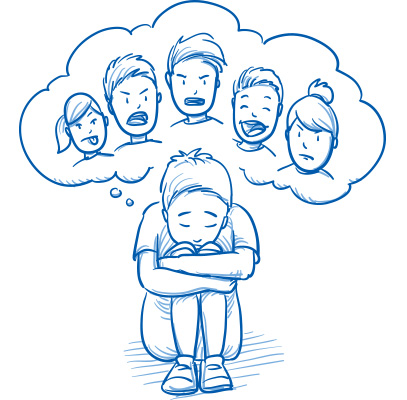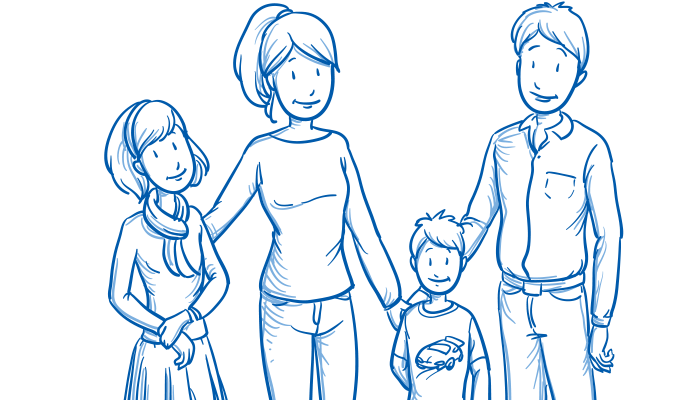Guest Post: “Save Our Children” The Bullying and Mental Health Factors
In my last post we talked about our kids and how it’s our responsibility to step up and save our children… we also talked about how I believe it’s not a gun problem, it’s ultimately a failing and a lack of teaching/parenting one. But that’s not the whole story either, obviously. Complicated issues are never easy. So, what else does that leave?
In our discussion today we’ll talk about bullying and what our very own minds can do to us and how it factors into this equation. Before we can even begin to find a solution to any of these acts of hatred, there has to be a larger discussion; a more meaningful in-depth look into more than just gun control or general parenting.

We are all quick to look for an outside motivation to these acts of hatefulness, but without also looking inward we’re not likely to find all the answers. The problem is when everyone just wants a quick answer and a quick fix, we neglect looking into harder-to-solve issues, like mental health, which I believe is also at play here. The hatred and the intention to do harm to others like we’ve seen with these kids who shoot up schools is the result of so much more than my first post covered.
To be a bully, one would think that they must be an extremely heartless person; someone that enjoys inflicting hurt upon others over and over again for their own personal internal pleasures. It’s usually not that straight-forward, of course. When you talk to people about bullying most people automatically think that bullies do it to feel better or more powerful. But maybe, instead, we should consider another motivation – that their actions are stemmed from a previous experience that changed the way their brain told them to respond to outside stimuli.
Let’s look at “Max” (not a real child) by way of an example. As a young student, Max was the victim of a bully. Max tried to confront adults about his bully to get help, but the bully persisted with little or no help at all being offered to Max. Every day Max was dehumanized and told he had no good worth to offer this world – that he was “a waste of air.” Those around Max offered him unconditional love, care, support, and concern everyday, but his bullied-brain was already being rewired to believe what the bully was beating into his brain.
As adults we have a tendency to blame those extraordinary behaviors on hormones or just “growing up”… but that’s not true of Max! Max was reprogrammed from the negative thoughts that circulated through the Amygdala at a rate of 1,200 wpm. In the years that follow, Max becomes a bully and so the cycle begins again with the ones that Max is now bullying, or worse.


Join in the Conversation!
![]()
We want to hear from you!
Join us on Discord - it's FREE.



Spot on with this write-up, I honestly feel this site needs far more attention. I’ll
probably be returning to read through more, thanks for the
advice!
Its like you read my mind! You appear to know so much about this, like you
wrote the book in it or something. I think that you could do
with a few pics to drive the message home a bit,
but other than that, this is magnificent blog. An excellent read.
I’ll definitely be back.